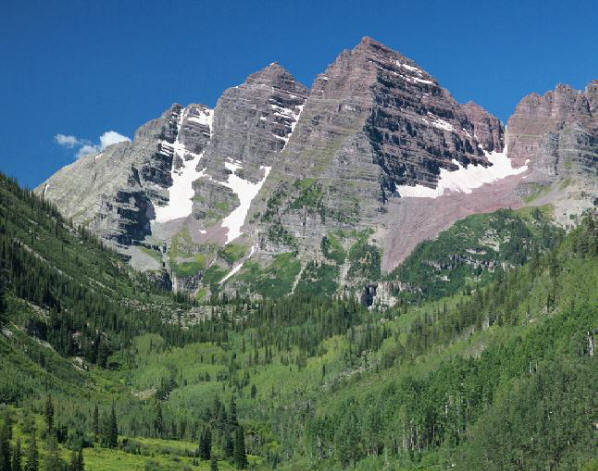|
|
Suddenly
Sep
14, 2009
Geologists say mountains were
formed gradually over millions of
years. Native peoples say their
ancestors saw mountains form in
their lifetimes. It’s a choice
between speculation and hearsay.
The uniformist/gradualist
revolution erased the concept of
suddenness from the geological
vocabulary. Because a person tends
not to see what he doesn’t have a
concept for, geologists for two
centuries couldn’t see evidence for
suddenness as suddenness.
Immanuel Velikovsky’s books,
Worlds in Collision and Earth
in Upheaval, hit geologists like
a 2x4 between the eyes of a
somnolent mule. Velikovsky got
kicked into the mud of crackpotism
for it, but the hit got geologists’
attention. After the mule settled
down, the concept of suddenness
reappeared: Alvarez’s asteroid,
Clube and Napier’s comet, Gould and
Eldredge’s punctuationism, mass
extinctions, lava floods (and Bretz
water floods), climate disruptions,
fossilized asphyxiation, and
deposits of shredded plants and
animals.
Strata could now be seen not as
gradual accumulations of sediment
but as sudden deposits during
catastrophic events. Breaks between
strata now could represent unknown
times of little activity—the
uniformist interludes between
cataclysms.
As each sudden event shortens the
timeline of its duration, it also
undermines the timeline connecting
to other events. Suddenness is
devouring geological time; no time
will be left for gradual orogeny.
Modern geology needs “sudden”
narratives for mountain
building—more in line with the
legends of mountains appearing on
what had been, before a time of
“commotion,” a plain. (See, for
example, pp. 419-425 in
Flare Star by Dwardu Cardona.)
Strata would not accumulate in
horizontal beds and then be folded
and eroded into mountains over
millions of years. Instead, strata
would be deposited or formed in
place as we see them over centuries
or decades—or maybe days. In an
Electric Universe, the process could
be analogous to electrostatic
painting. It could be a scaled-up
version of sand dune formation: the
role of electricity in constructing
dunes is only beginning to be
investigated.
It would be good to find some
maverick geologist who can run an
electric current through a pile of
sand and turn it into granite and
basalt, especially without melting
it. It would be good to find an
artist whose creative eye can
visualize ridges of mountains
deposited like sand dunes from a
global hurricane of dust and debris.
It would be good to find a plasma
physicist who can describe electric
currents snaking over and through
the Earth during episodes of
planetary instability.
No orthodox geologist will admit
this; his career would be
terminated. But the history of ideas
gives no concern to the conceits of
men and their careers. The puffed-up
pretensions of one era’s science
soon (in historical time) become the
wind-blown rags of another era’s
superstition. The only serious error
is taking the ideas too seriously.
Mel Acheson
|
|
|
|
|
|
SPECIAL NOTE - **New Volumes Available:
We are pleased to announce a new
e-book series
THE UNIVERSE ELECTRIC. Available now, the first volume
of this series, titled Big Bang, summarizes the failure of modern cosmology
and offers a new electrical perspective on the cosmos. At
over 200 pages, and
designed for broadest public appeal, it combines spectacular
full-color graphics with lean and readily understandable
text.
**Then second and third volumes in the series are now available,
respectively titled Sun and Comet, they offer
the reader easy to understand explanations of how and why these bodies
exist within an Electric Universe.
High school and college students--and teachers in
numerous fields--will love these books. So will a large
audience of general readers.
Visitors to the Thunderbolts.info site have often
wondered whether they could fully appreciate the Electric
Universe without further formal education. The answer is
given by these exquisitely designed books. Readers from
virtually all backgrounds and education levels will find them
easy to comprehend, from start to finish.
For the Thunderbolts Project, this series is a milestone.
Please see for yourself by checking out the new
Thunderbolts Project website, our leading edge in
reaching new markets globally.
Please visit our
Forum
|
|
|
|
|
|
|
|







